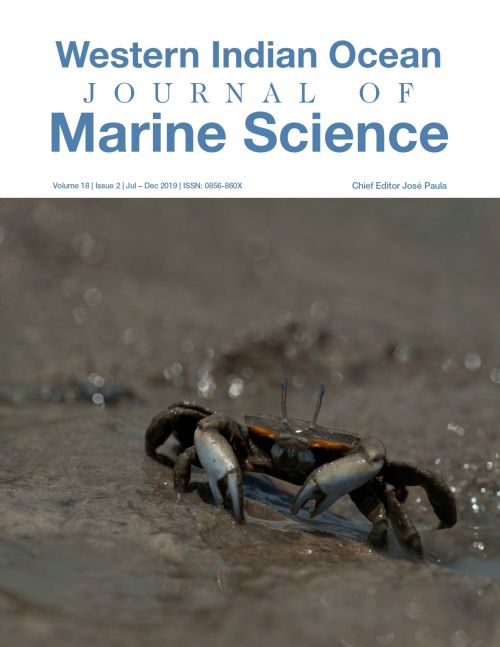Main Article Content
Sometimes hard to swallow: Attempted feeding on a porcupinefish results in death of both predator and prey
Abstract
Predator-prey relationships are critical components of population dynamics across all ecosystems. Interactions between predators and dangerous prey are especially likely to result in a co-evolutionary arms race. To avoid predation, porcupinefishes (Diodontidae) present a suite of physical and chemical defences, including spines, inflation, and the potent neurotoxin, tetrodotoxin, which is concentrated in the internal organs. A failed predation attempt is described here on a longspined porcupinefish, Diodon holocanthus, by a benthopelagic predator, Carangoides fulvoguttatus, resulting in the death of both the predator and the prey.






